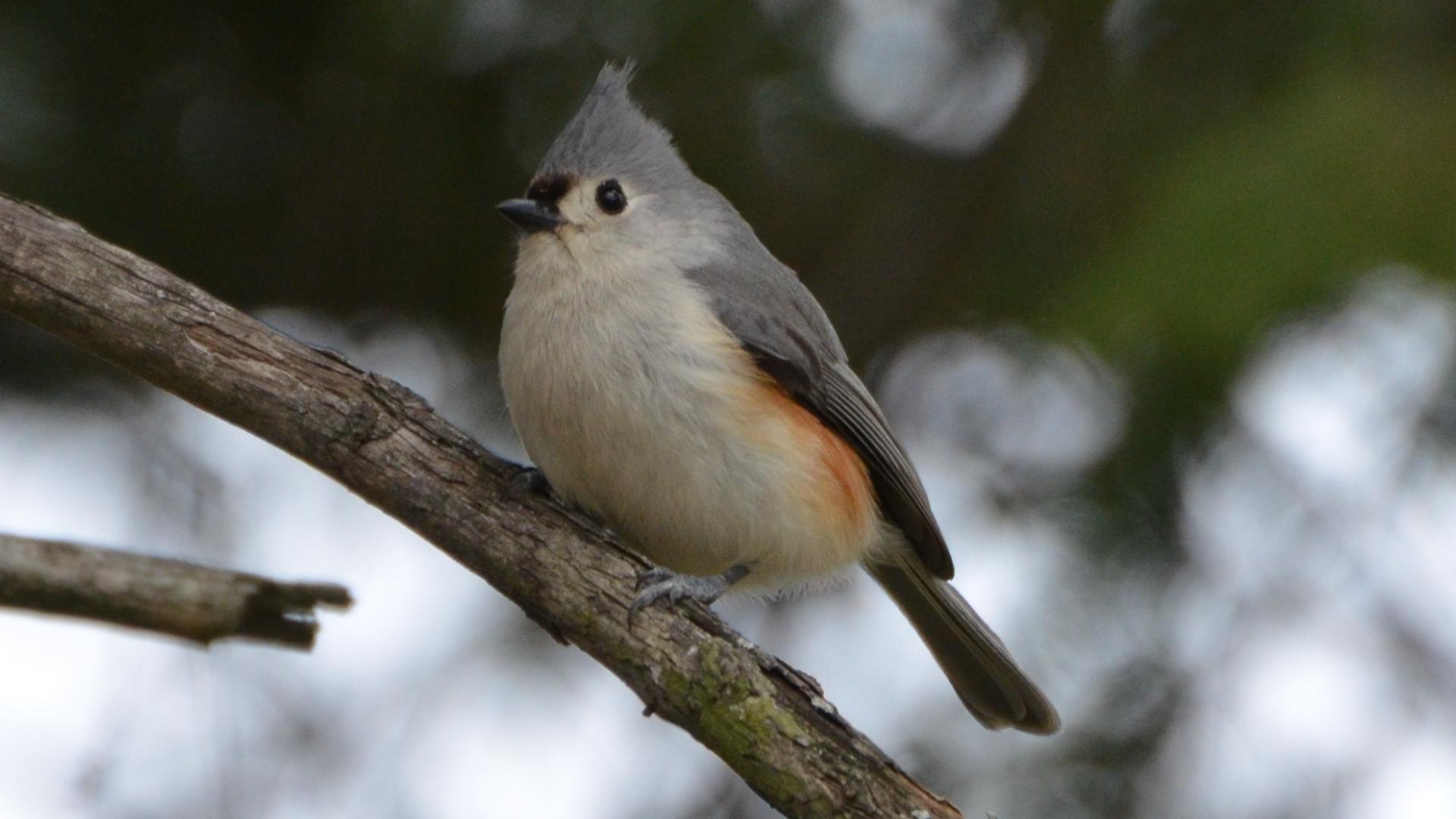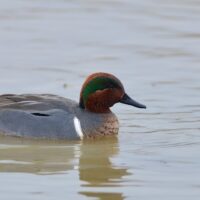Everyone gets an up close look at our feathered friends when you feed songbirds during the fall and winter months.
The onset of cooler weather in early November is when many of us begin feeding songbirds in our yards.

Get ready now by stocking up on wild bird feed — black oil sunflower seeds, a quality seed blend and suet cakes. When choosing a seed blend be forewarned that blends that include cracked corn will draw squirrels, and undesirable birds such as starlings.
Some birds like to feed on the ground. Build a tray from scrap plywood and 2x4s so you can pile up a seed blend. Drill a few small holes through the plywood so the tray won’t hold water.
Plastic or metal trash cans are ideal for storing bags of bird feed and suet cakes.
Clean and sanitize feeders annually
It’s a good idea to check out the hanging tube feeders, hopper-style feeders and suet cake feeders used last year to see if they are still serviceable.
Wash them in warm, soapy water, rinse and let them soak for awhile in a mild bleach solution. This keeps your bird feeders clean and hygienic, to help prevent the spread of disease.
An 18-quart plastic dish tub filled with one part bleach to 10 parts of water works great for this job.
Bird species attracted to feeders
The songbird species attracted to feeders are seed eaters, such as the mourning dove, several species of sparrows, tufted titmouse, goldfinch, northern cardinal, chickadee, dark-eyed junco and the blue jay, a notorious bully and hog at the feeder.
But expect to see a few insect eaters too, such as nuthatches, wrens and woodpeckers, that look for insects in the bark of trees. These birds shift their diets from insects to seeds and berries in the winter, and relish suet cakes.

High in fat and calories, suet cakes attract woodpeckers, but other small birds will eat them too. Suet cake “flavors” that wild birds like include: peanut, cherry, berry blend, woodpecker blend and sunflower.
Suet cakes are typically made from rendered beef fat, pork fat, and/or coconut oil, mixed with wheat or oat flakes, sunflower seed, nuts and fruits, even mealworms.

The species of woodpeckers most likely to be observed at suet feeders during the fall and winter in north central Kentucky are the Red-Headed Woodpecker, Red-Bellied Woodpecker, Downy Woodpecker, Hairy Woodpecker, and Northern Flicker.
Arguably the best bird feed is the black oil sunflower seed, a.k.a. oilseed sunflower seeds. They are solid black, and have a higher oil content than the striped sunflower seeds we eat as snacks.
Black oil sunflowers are grown commercially for sunflower oil production and for bird feed. There are a number patented cultivars and hybrids, many of which are not available to the home gardener. Sunflower seed will work in just about any size feeder.
Another option for smaller birds such as goldfinches is the so-called thistle seed, a real small, thin, black seed from the African yellow daisy (Guizotia abyssinica).
The seed is typically sold as Nyjer or Niger seed. High in oil, the tiny seeds work best in tube feeders made especially for thistle seed.
Other wildlife encountered
In rural areas, and suburbs along the suburban/rural interface, you never know what might show up at your bird feeders.
- RELATED: As the grosbeaks return, a bird rehab helper is found in Christian County
- RELATED: Bird watch: Waiting for the rose-breasted grosbeak
Place a feeder where you can see it with the front porch light or back porch light on, and you might see a deer, raccoon, even rabbits, visiting feeders at night, to eat seed that has fallen to the ground.
And don’t be surprised if a hawk shows up at your feeder.
Hawks have been know to snatch a small bird right off the feeder. It’s an amazing sight to see a hawk sail into the yard, in search of a meal.
The most common hawks to visit feeders are the smaller Sharp-Shinned or Cooper’s Hawk. They are fast, agile fliers, well adapted to flying around buildings and trees to catch small, panicked birds, flying up from feeders. Hawks do not kill more birds than they need to survive.

While most species of hawks in Kentucky never leave their territories, they modify their behavior in winter. It’s harder for birds of prey to find food, so that’s why they are attracted to swarms of songbirds around feeders.
There’s a push of migrants from the Great Lakes Region, mostly Wisconsin and Michigan. There are a lot more hawks in Kentucky during the winter months, and they are much more visible with the leaves off the trees.
Truly cold weather is weeks, months away, but now is the time to get ready for feeding songbirds. It’s especially important to feed the birds during periods of severe cold and snow cover.
These small birds amaze us with their beautiful colors of plumage and rich songs. It’s our time to reward them back by helping them survive when food is in short supply.
This story is republished with permission from the Northern Kentucky Tribune. Read the original.
Art Lander Jr. is outdoors editor for the Northern Kentucky Tribune. He is a native Kentuckian, a graduate of Western Kentucky University and a lifelong hunter, angler, gardener and nature enthusiast. He has worked as a newspaper columnist, magazine journalist and author and is a former staff writer for Kentucky Afield Magazine, editor of the annual Kentucky Hunting & Trapping Guide and Kentucky Spring Hunting Guide, and co-writer of the Kentucky Afield Outdoors newspaper column.






